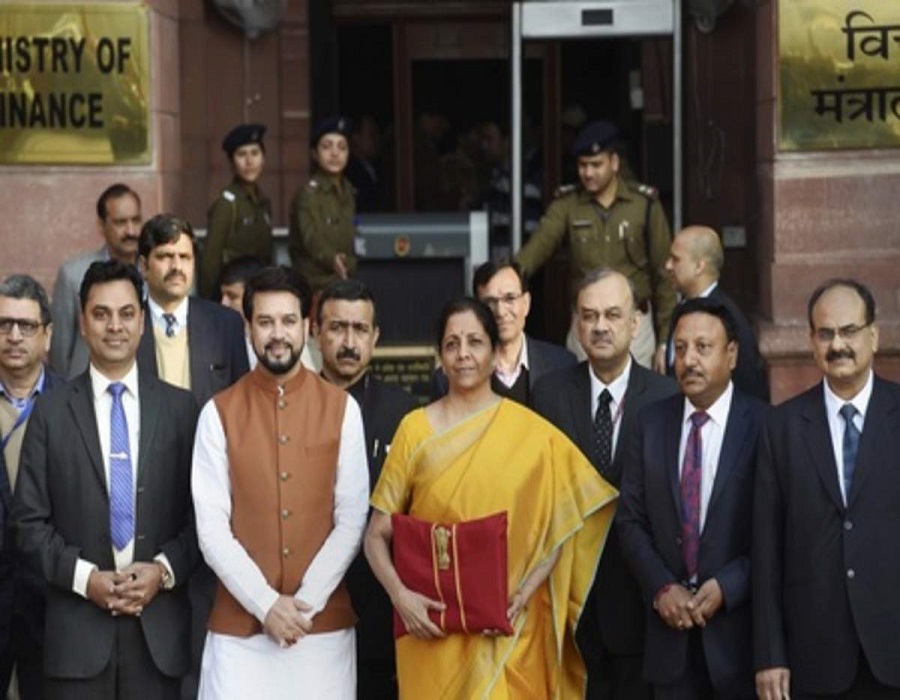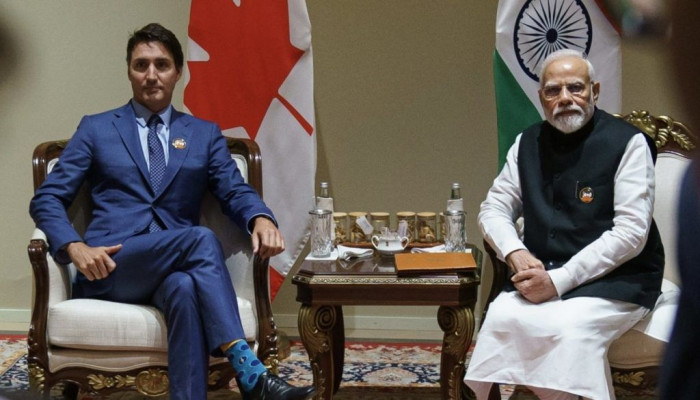Sitharaman will present the third Budget of her tenure in February, with major post-Covid aspirations of a country raring to make a mark
In 2020, around this time of the year, Union Finance Minister Nirmala Sitharaman was busy trying to put together a Budget that would propel India into the $5 trillion economy club. What happened post February last year is from here on going to be referred to as a critical turning point in human civilisation, altering in its course social, political, economic contracts of the pre-Covid era. Sitharaman will present the third Union Budget of her tenure in February, with humongous post-Covid aspirations of a country raring to make a mark. While the usual set of demands from various industry bodies, States and other stakeholders have already been documented, here are a few innovative tweaks to make the first year of the new decade a successful one for the nation’s economy.
It may be recalled that last year’s Budget had presented most taxpayers an “à la carte menu” along with the standard “thali.” The idea was to put some more money into the hands of citizens, which they could then plough back into the economy by spending on goods and services. The pandemic-ravaged country tottered as businesses collapsed and households were thrown into poverty. Therefore, the first crucial step for Sitharaman should be to remove the bureaucratic turn of phrases in Income-Tax laws and make them truly “Saral (easy)” for citizens, while reducing rates and allowing higher exemptions on basic income slabs or savings. The second important dimension of the tax regime would be to ensure a fitter, lower-slab Goods and Services Tax (GST) regime. Retail, tourism, hospitality and aviation are some of the sectors which need urgent attention and providing them temporary time-bound relief through reduced GST rates or showing an intent to do so, could help.
The expected revenue loss could be offset by a robust disinvestment process that has been stalled for a long time. If the Government intended to divest its stakes in IDBI and list the largest public sector insurer LIC in 2020, it has, as a run up to the Budget 21-22, brought Air India, BPCL, the Shipping Corporation of India and Bharat Earth Movers Limited to the initial expression of interest stage. All of these are potential blockbuster “go to market” targets which could fill the Government’s coffers if successfully implemented. The Centre is aware of the potential stalling of the process by political forces. Therefore, it needs to start utilising its efficiency in mass media communication to educate the citizens about the need and benefits of these disinvestments. An ironclad decision has to be taken by keeping employees of these large public sector undertakings (PSUs) in the loop, along with global roadshows to attract some of the best funds and corporates to run a 21st century-ready enterprise. Historically, every country that has prospered has done so by realising the wealth of its existing resources and rechanneling its efficiencies to adapt to a new world. It is time for the Government to get out of business and do so with conviction.
The third item on Sitharaman’s list should be creating jobs, the targets for which now are more steep due to COVID-19 induced downward pressure on the economy. Construction, infrastructure and healthcare are some of the sectors which need incentivisation for creating more jobs. The Finance Minister can lay out a sustainable job creating road map for the healthcare sector, which was in focus in 2020 and is expected to remain so this year, too. It could provide tax incentives and other concessions for setting up healthcare training facilities or utilising existing Government-owned dispensaries and healthcare centres across the country. This has to be done with private investments and local community participation to keep a check on the progress made. Each Government healthcare centre can be put on a digital highway (of course data privacy issues will have to be dealt with separately) of cooperation and excellence.
Telemedicine and teleconsultation have emerged as another sunshine sector of opportunity for millions in India. It requires nuanced skills to be able to provide good quality healthcare over the phone to patients located far away. The training required for teleconsultation and regulatory frameworks need to be quickly developed to be able to cash in on the huge opportunity for job creation. The Finance Minister should set clear-cut policy objectives and targets in the Budget speech to help investments in the sector. Putting all State-owned healthcare infrastructure on digitally connected highways would require Information Technology backhaul spend which would come from private enterprises. Incentives provided to the Information Technology sector for the creation of this digital skeleton for healthcare could be this Government’s biggest achievement in a post COVID-19 world. It goes with the Prime Minister’s claim of India being the world’s pharmacy and with the theme of nimble engineering for health equipment suitable for Indian conditions. One of the critiques of the Finance Minister has been that while many of her colleagues align themselves with stated policy drives towards Digital India, Sitharaman has generally kept away. It is time for the Finance Minister to give technology its due credit and dedicate a significant portion of the Budget on technologies that will take India into the next decade.
(The writer is a policy analyst. The views expressed are personal.)
(Courtesy: The Pioneer)








 OpinionExpress.In
OpinionExpress.In















Comments (0)